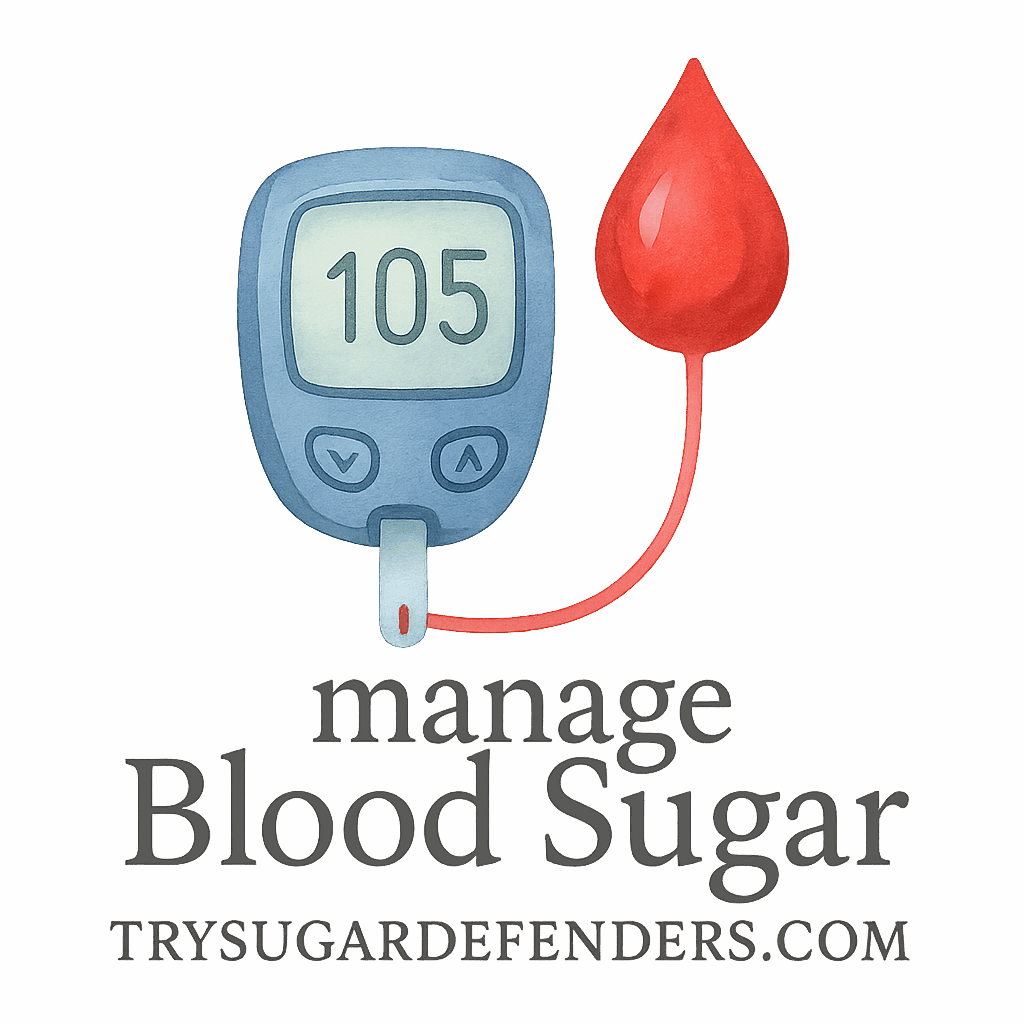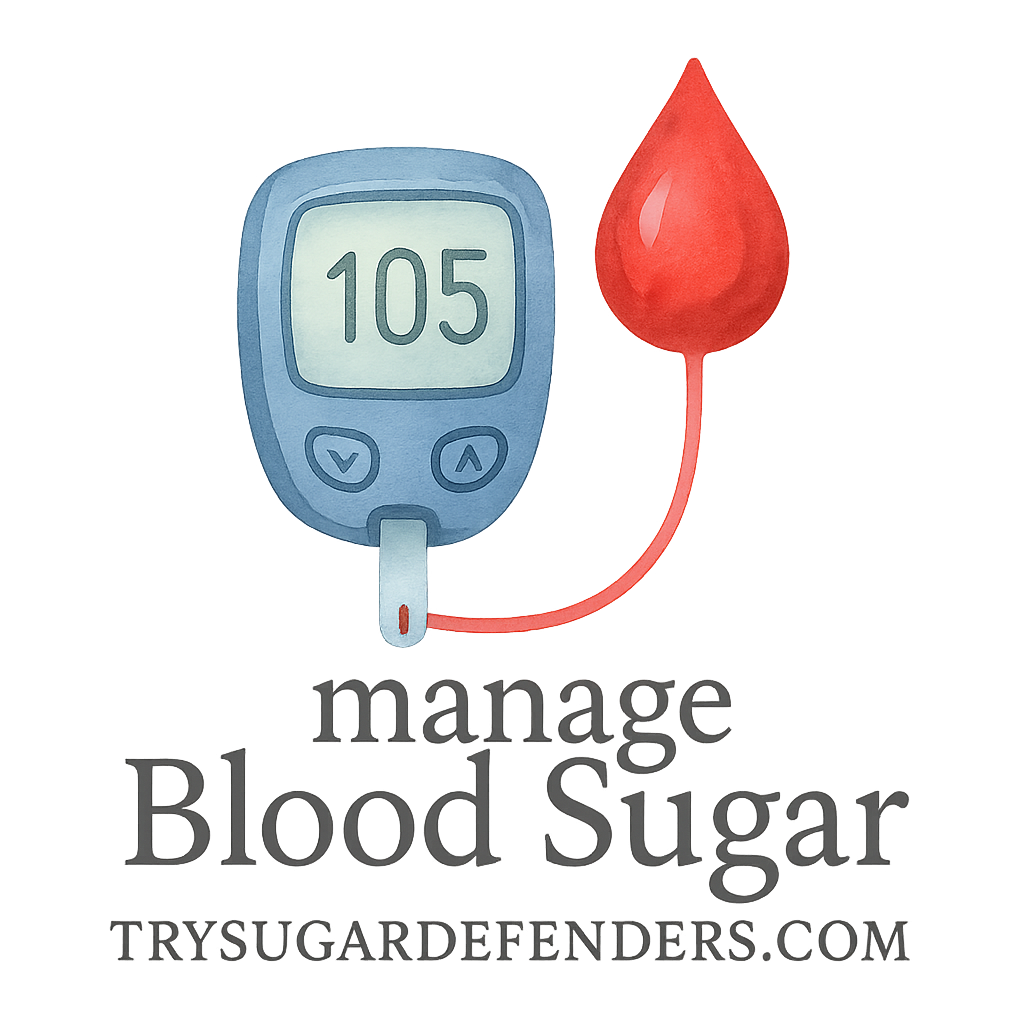Stuck at your desk all day? You might be unknowingly pushing your blood sugar levels into dangerous territory. But don’t worry—it only takes a few minutes of movement to make a big difference. In this post, you’ll discover 10 smart, simple, and effective active break ideas that can help you prevent blood sugar spikes—even during the busiest workday.
Why Active Breaks Matter for Blood Sugar Control
What Are Blood Sugar Spikes?
Let’s keep it simple: blood sugar spikes happen when your glucose levels rise too high too quickly—usually after eating. These spikes can drain your energy, cause mood swings, and over time, lead to serious health issues like type 2 diabetes or heart disease.
Learn more about this on our blood sugar tag page.
The Science Behind Movement and Glucose Regulation
Every time you move, especially right after a meal, your muscles use glucose for energy. That means less sugar stays in your bloodstream. In fact, short bursts of physical activity—even just a couple of minutes—can significantly lower post-meal glucose levels.
You can explore how this ties into broader exercise & lifestyle habits.
How Often Should You Take Active Breaks?
Ideal Timing for Maximum Effect
Experts suggest taking a quick break every 30 to 60 minutes. Just a 3–5-minute movement break can reset your body and mind while promoting better metabolic health.
Signs You’re Sitting Too Long
- Feeling sluggish or foggy
- Tight hips or lower back pain
- Cravings for sugar or caffeine
If this sounds like you, it’s time to stand up and move!
10 Active Break Ideas to Prevent Blood Sugar Spikes
Let’s dive into the best ways to stay active without disrupting your day.
1. Take a Brisk 5-Minute Walk
Stepping away from your desk for just 5 minutes can improve blood circulation and help muscles absorb more glucose.
Link to Improved Insulin Sensitivity
A walk right after meals is especially powerful. Check out our post-meal blood sugar guide for more strategies.
2. Try Chair Exercises at Your Desk
Leg extensions, seated marches, and shoulder rolls can all be done without leaving your chair.
Ideal for Remote Workers
If you’re working from home, these moves are gold. Explore more at-home management tips.
3. Dance to Your Favorite Song
Turn on a 3-minute tune and shake it off. It’s fun, boosts mood, and gets the heart rate up.
Get Your Heart Rate Up Quickly
This simple method combines physical and mental benefits, a form of behavioral and mental strategy to support your health.

4. Do Simple Yoga Stretches
Forward folds, spinal twists, or standing stretches release tension and stabilize glucose.
Combine Relaxation with Movement
It’s a two-in-one: mindful movement and glucose control. Learn more in our diet and lifestyle section.
5. Climb a Flight of Stairs
A quick trip up and down the stairs gets the heart pumping.
Short but Powerful Activity
One study showed stair climbing can significantly reduce post-meal blood sugar. Read more about its health benefits.
6. March in Place During Phone Calls
You’re on a call anyway—why not move your feet?
Perfect for Multitasking
Make it a habit every time your phone rings. It’s a small step toward better blood sugar control.
7. Try 1-Minute Jumping Jacks
Don’t worry—you don’t need to go full military boot camp. Just 60 seconds can make a big impact.
Boost Energy Fast
It’s a fantastic option to fight fatigue and curb sugar cravings. Part of a smart fitness routine.
8. Use a Resistance Band Workout
Keep a resistance band nearby and squeeze in a few reps of bicep curls or shoulder presses.
Light Strength Training Benefits
Strength-based activities increase muscle mass, which improves how your body uses insulin. Visit our medical supplements section for added support.
9. Follow a Quick 7-Minute Workout App
Apps make it easy to stick to short, structured workouts.
Structure Helps Stay Consistent
Use it between tasks or after lunch. Need a routine plan? We’ve got you.
10. Walk After Meals
This one deserves repeating. A 10-minute walk after eating can flatten glucose curves dramatically.
Key Strategy for Blood Sugar Management
If you do just one thing from this list—make it this. Explore our walk after meals methods.
Additional Lifestyle Tips to Support Stable Blood Sugar
Mindful Eating During Breaks
Don’t scarf down a granola bar at your desk. Take time to eat slowly and chew thoroughly.
It ties beautifully into dietary approaches like the Mediterranean diet.
Stay Hydrated Throughout the Day
Water helps flush excess glucose and supports every system in your body. Add a slice of lemon or cucumber for flavor!
Integrating Active Breaks Into Your Routine
Use Technology to Remind You
Smartwatches, timers, and apps like Pomodoro can remind you to move. Try glucose-monitoring devices for real-time feedback.
Set Movement Goals with Friends or Colleagues
Create a group challenge—10,000 steps a day or hourly breaks. Accountability helps!
Find support through consultation or a doctor for personalized guidance.
Conclusion
It’s easy to underestimate the power of movement, especially small doses throughout your day. But those quick active breaks? They add up—and they matter. From simple stretches to post-meal walks, every move helps your body stabilize blood sugar naturally and effectively.
Start by picking 2 or 3 of these ideas and building them into your routine. Your energy, focus, and health will thank you.
Explore our full range of resources on Sugar Defenders to build a complete, sustainable blood sugar management plan.
FAQs
1. How long should my active breaks be to prevent blood sugar spikes?
As little as 3 to 5 minutes of movement can make a difference, especially after meals.
2. Can I take active breaks even if I’m at work or in meetings?
Absolutely. Chair exercises, walking during calls, or light stretching all count.
3. Which active break is best after a heavy meal?
A 10-minute walk right after eating is ideal for reducing glucose spikes.
4. Will dancing or yoga really affect my blood sugar?
Yes! Any movement that gets your body going helps regulate glucose more efficiently.
5. How can I remind myself to take active breaks?
Use phone alarms, calendar reminders, or smartwatches to stay consistent.
6. Are these tips effective for people with prediabetes or type 2 diabetes?
Definitely. These tips are especially helpful for managing and preventing spikes in both groups.
7. What if I already exercise daily—do I still need active breaks?
Yes! Sitting too long even after workouts still impacts glucose levels. Breaks prevent that.


